Ten most important Routes of Santiago de Compostela’s symbols
Do you know the Routes of Santiago de Compostela’s symbols? If you are thinking about making this pilgrimage, it is important to start learning its meanings.
Routes of Santiago de Compostela’s symbols are objects, places, or special road signs that all pilgrims that decide to embark on this adventure should know.
The Calixtino Codex
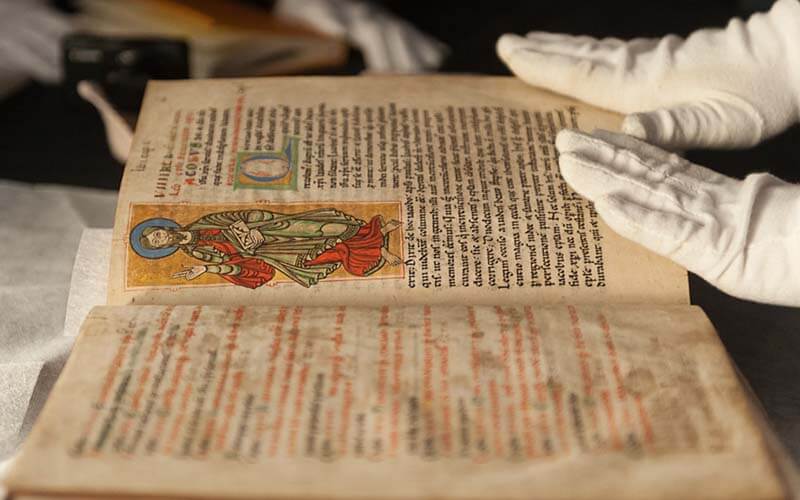
It is a manuscript, which was considered as the first guide made of the Santiago de Compostela’s Routes. The creator of this guide is unknown, but it is known that the monk Aimery Picaud made the last revision.
Its content has major points of interest, advice, taverns, etc. … Currently; it is under strict surveillance because it was stolen in 2011.
Pilgrim Credential
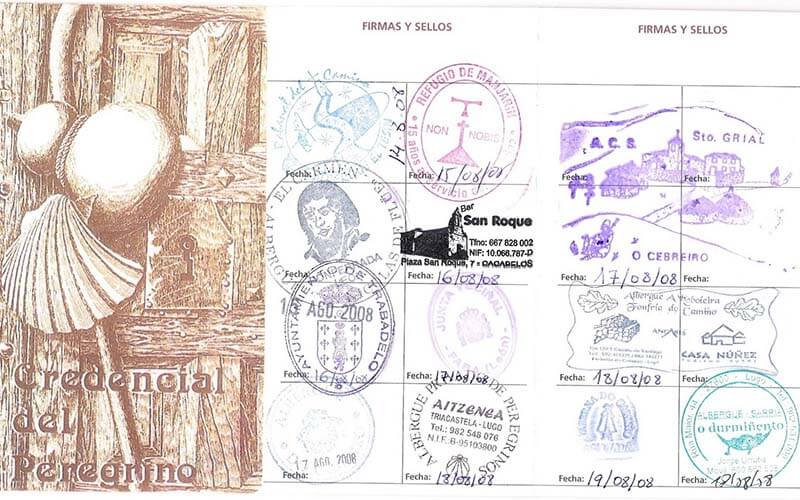
It is considered the ID or identification of every pilgrim who makes the Santiago de Compostela’s Routes. All the locations’ stamps from different stages you stop during the journey will go on this credential. It is important not to forget to put the appropriate dates before it is sealed.
The Compostela certificate
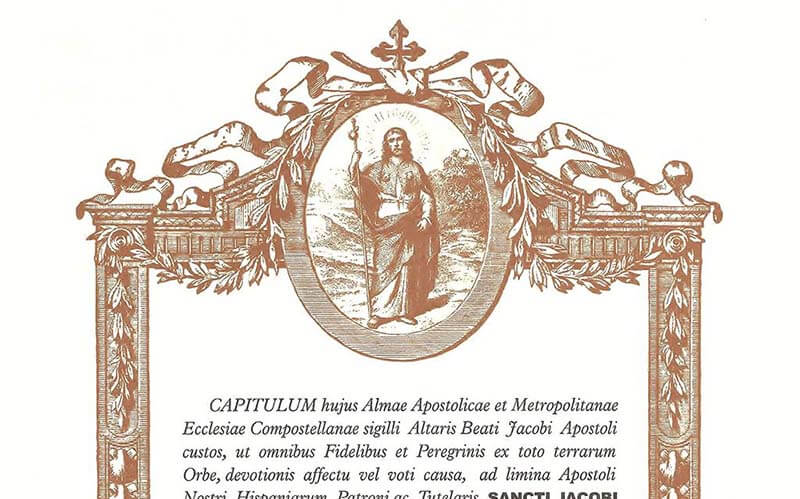
A certificate that warrants that more than 100 kilometers on foot or 200 kilometers by bicycle were made. This diploma is proof that the feat was completed successfully. It is delivered to the Santiago Pilgrim’s Office and grants certain benefits to pilgrims for lodging.
The Botafumeiro
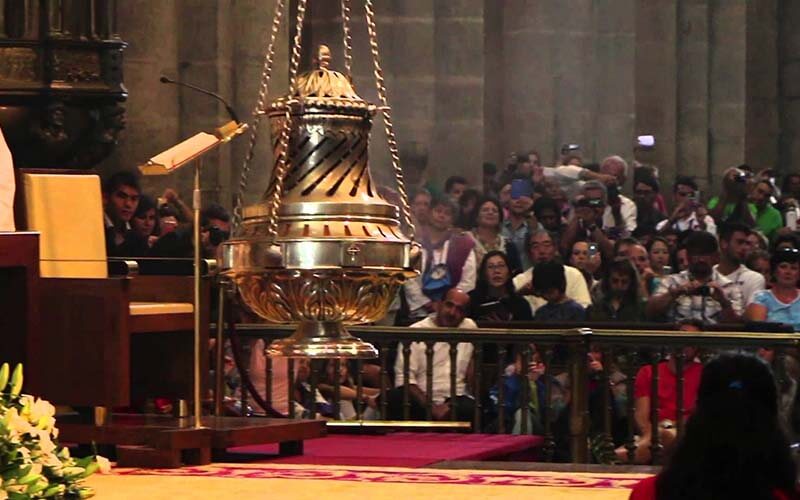
It is one of the main attractions of Santiago’s Cathedral. Its origins are not very clear, but everything seems to indicate that it was built in the twelfth century.
It is currently used as a censer which is transported by the tiraboleiros. It weighs more than 50 kilos, we can enjoy this fantastic attraction every Friday at 7:30 PM in The Pilgrim’s mass, on important dates such as Easter Sunday or Santiago’s Day (July 25) or under petition.
The Staff
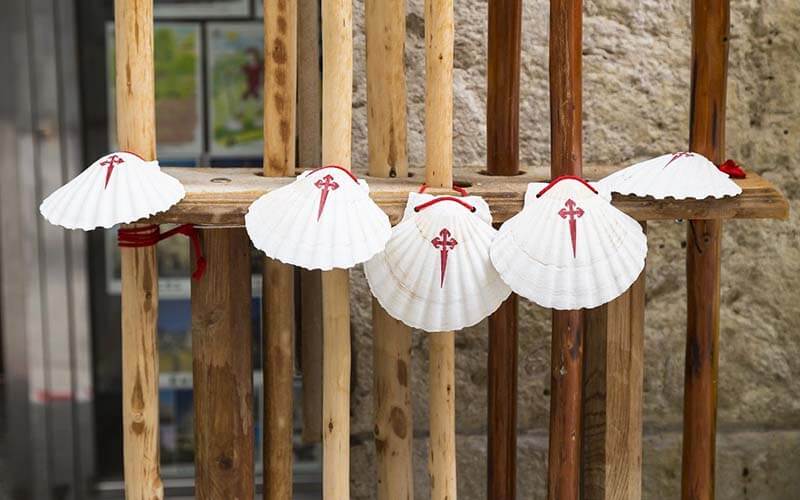
Staff used by the pilgrims as support, unfortunately, the tradition is disappearing thanks to the trekking poles that are increasingly used.
Pilgrim’s gourd or pumpkin

The gourd was a traditional element of the pilgrims in the Middle Ages which hung from the staff or a belt. His goal was to keep the liquids fresh.
A Holy year or Jubilee
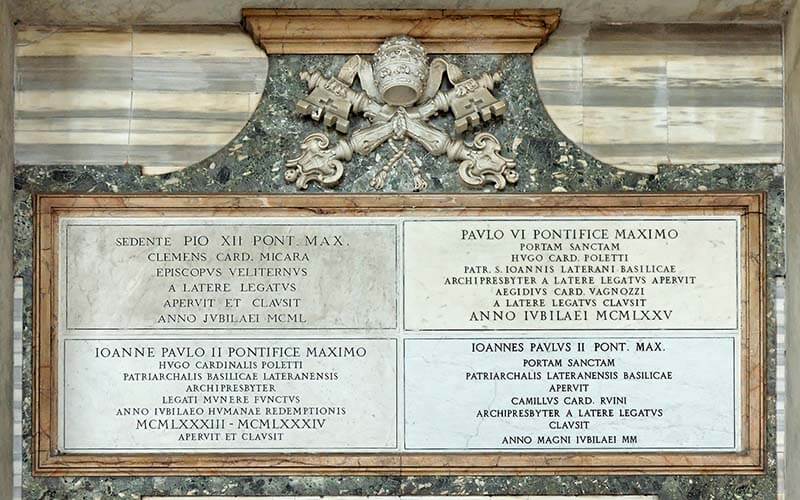
This concept comes from the Old Testament, which said that the Holy Year is celebrated every fifty years. During this year, the Jews were forgiven for their sins, slaves were freed, and confiscated lands returned to their original owners.
Camino milestones
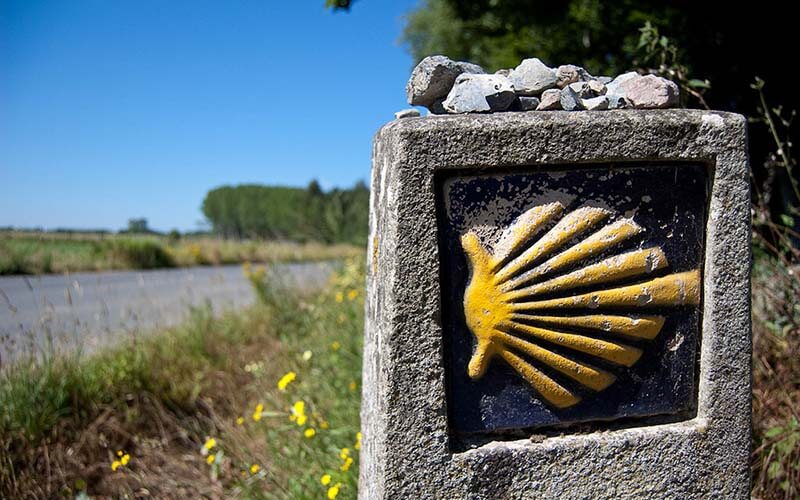
The cairns are the stone landmarks that we find on the route and mark the distance to Santiago de Compostela. They vary in size and color depending on the area.
In addition, some also point out famous places or monuments to visit.
The Concha or scallop
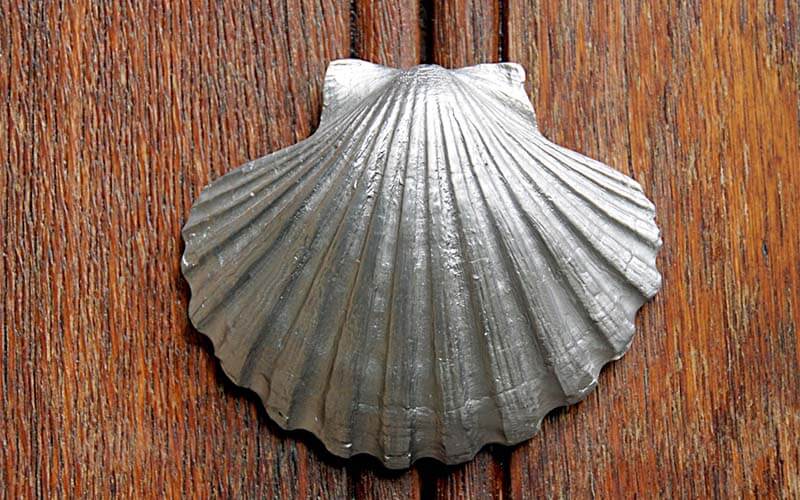
It is related to the Jacobean route history, it is the symbol that the clergy gives to the pilgrim when he arrives at the Santiago’s Cathedral.
Yellow arrows
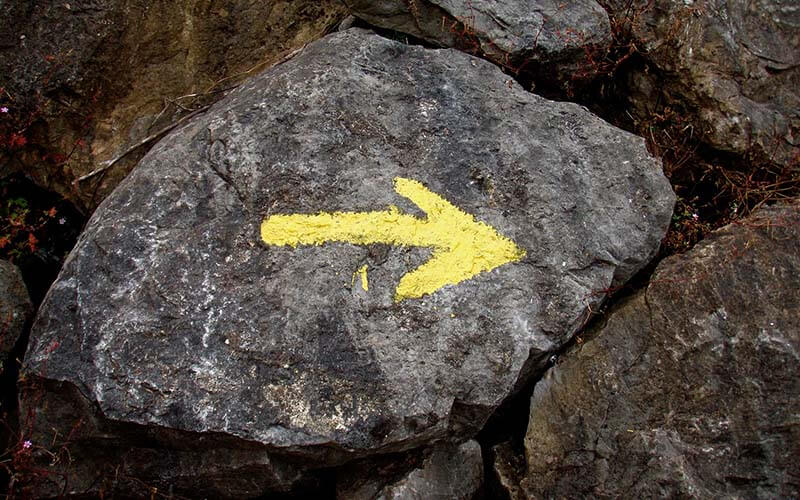
They are the arrows that indicate the way to follow on each road. In the 70s, Father Elias Valiña was the forerunner of this idea along the French Routes to facilitate the journey to the pilgrims.
